Reviving the Roots of a Classic Kubrick Conspiracy
Theories behind a faked moon landing constructed by Hollywood's most enigmatic film director
After last week’s congressional hearing — in case you missed it, the government sat down with three credible whistleblowers to address (and admit) that they have in their possession nonhuman craft and biogenic, all I have wanted to talk and read about is UFO conspiracies.
My fascination stems back to grade school. A story I briefly touched on in last week’s podcast with Jennifer Carmody. My sixth-grade teacher, whom I adored and respected, gathered us all on the floor on a rainy day after lunch and told us about being abducted during a road trip with her husband in New Mexico in the early 80s. She said she had made the mistake of telling one class about it years before us, so the story got passed along with false and exaggerated details. To avoid that happening she decided the best thing to do was tell the story herself to each new class to avoid sensationalized versions that sprang whenever she neglected to recount it. I remember being gripped by the details she shared. Her description of the craft approaching from afar, the blinding lights from it hovering over her, her punching her husband in the chest with a closed fist and him remaining in a frightfully paralyzed state until she finally blacked out. At the end of the story she rolled up her sleeves to reveal two long thin scars down the lengths of her forearms - "some kind of laser" injury, her doctor would later tell her.
Since her revelation, that rainy day in 1991, I’ve been fascinated by tales of abduction. And now seeing the government finally address them as factual, lends new credibility to all long-standing conspiracies. It feels like a celebratory new era we’re entering, where real life is exponentially stranger than fiction.
But before we dive into some of the more obscure variations, I figured Kubrick’s faked moon landing was a good place to start. What I consider a “quality conspiracy” that I’ve yet to side with or deny.
Faked Moon Landing Debate: Reviving The Roots of A Classic Kubrick Conspiracy
In 1968, Stanley Kubrick released 2001: A Space Odyssey. The film is widely regarded as a groundbreaking masterpiece in the science fiction community. One year later, men walked on the moon.
Coincidence?
Maybe.
But in the elaborate landscape of American conspiracy theories, the idea that the U.S. government faked the moon landing by hiring a young visionary director—fresh off a stunning display of an imagined space landing—to film our first footsteps on the moon, is one with grounds for legitimacy.
Kubrick, known as one of the most enigmatic directors in cinema history, was notorious for taking an extensive amount of time to craft his masterpieces with meticulous precision. If you know anything about Kubrick, it’s his obsessive dedication to detail and symbolism, so nothing in a Kubrick film is there by mistake.
His part in creating a potentially fake moon landing is by no means a new debate. Conspiracy theories about the Moon landing have been around for years. Decades even. And while it’s easier these days to spread these theories thanks to the internet, the belief that humans never landed on the Moon is way older than the web.
How did people learn and debate about Moon landing conspiracy theories before the internet? Books. Asking questions like: ‘Who shot the event from outside the capsule?’ ‘How is the American flag waving?’ ‘Why do the shadows look like they are the result of multiple light sources?’ ‘Why is the letter C visible on one of the rocks?
The 1974 (self-published) book We Never Went to the Moon by Bill Kaysing, was the first lengthy discussion on the topic in print.
“The Knight newspaper company in July 1970 found that a whopping 30 percent of Americans believed the Moon landing had been faked. And a Gallup poll in 1976 found that 28 percent of Americans believed that the Moon landing had been staged by the U.S. government—pretty consistent findings throughout the 1970s.”- Gizmodo
“I’ve met three of the twelve men who walked on the moon. They had one important thing in common when I looked into their eyes: they were all bonkers. Buzz Aldrin, who was the second off the ladder during the first landing on July 20, 1969, almost exactly fifty years ago—he must have stared with envy at Neil Armstrong’s crinkly space-suit ass all the way down—has run hot from the moment he returned to earth. When questioned about the reality of the landing—he was asked to swear to it on a Bible—he slugged the questioner. When I sat down with Edgar Mitchell, who made his landing in the winter of 1971, he had that same look in his eyes. I asked about the space program, but he talked only about UFOs. He said he’d been wrapped in a warm consciousness his entire time in space. Many astronauts came back with a belief in alien life.
Maybe it was simply the truth: maybe they had been touched by something. Or maybe the experience of going to the moon—standing and walking and driving that buggy and hitting that weightless golf ball—would make anyone crazy. It’s a radical shift in perspective, to see the earth from the outside, fragile and small, a rock in a sea of nothing. It wasn’t just the astronauts: everyone who saw the images and watched the broadcast got a little dizzy.” - The Paris Review
Art Harmon, a former legislative director for the U.S. House or Representatives, currently leads the Coalition to Save Manned Space Exploration has two words for conspiracy theorists who say men never went to the moon – "absolute nuts."
"They’re just troublemakers. There's always people who will say 'this never happened' or 'that never happened.' They’re just trying to divide people. We went," he said.
But those who insist the U.S. did not put astronauts on the moon have claimed their own "evidence" to a faked landing.
They question why the flag astronaut Neil Armstrong planted on the moon could not possibly be rippling, because there is no air on the moon. In reality, the astronauts bent the metal frame holding the flag, causing the ripples.
Every claim that no one went to the moon can be easily explained by science, physics or evidence brought back to Earth, Harmon said. He adds the conspiracy theories are "an insult to those 400,000 Americans who worked to get us to the moon and back."
Those hundreds of thousands of people, including scientists, engineers and factory workers, were scattered around the world.
One astronaut who actually walked on the moon in 1969 has no tolerance for those who call it a massive hoax.
When one conspiracy theorist challenged Buzz Aldrin and called him a liar, Aldrin punched him in the face.- Voanews.com
Buzz punches moon landing denier in response to hotel ambush
DISSECTING THE SHINING
The Office of The Overlook Hotel
At the start of the film, Jack Nicholson’s Jack Torrance meets with the manager of the hotel who is entrusting the protagonist with care of building through the winter season. The introductory meeting takes place in an ornate office where several neatly arranged items, including a small American flag on the desk and a statue of an eagle looking over them at the window, are seen. Theorists believe the setting is presidential in tone, and that the eagle is a nod to the name of the lunar landing module that allegedly carried Apollo 11 (also called ‘eagle’.)
All Work and No Play
The page that Jack leaves behind at the typewriter? Cast iron proof that Kubrick faked the Moon landing. Where you see the word “All”, as in 'All work and no play makes Jack a dull boy’, Weidner sees “A11”, short for Apollo 11. Apparently, this line is an insight into Kubrick’s mental condition: that working on the Apollo 11 'project’ and having to keep it a secret has made him go a little crazy.
Wendy as Christina Kubrick
If Jack Torrance represents Kubrick, then Shelley Duvall’s Wendy represents Kubrick’s own wife, Christina.
When Wendy confronts Jack about his behavior — suggesting he has to quit, it parallels Kubrick’s own secrets. Jack’s response: “That is so typical of you!… I’ve made an agreement… I have obligations to my employers!” It’s so blatant! Wake up, sheeple
The Twins
Theory: The twins are a manifestation of 'Gemini' — the NASA mission before Apollo. Note: in the novel there aren't any twins. In the book the Grady sisters are 8 and 10 years old, and described as 'cute as buttons.’ Kubrick’s reinterpretation is definitely an odd twist.
The Hotel Carpet
The peculiar design of the carpet is given a lot of screen time — we see this carpet throughout the film, particularly when Danny is playing with toys in the corridor. Shot from above, the scene highlights its geometric and hypnotic glory. The bold pattern looks remarkably similar to the birds-eye-view of the Apollo 11 launchpad in mimicking its sharp edges and unusual outline.
Danny’s Apollo Jumper
Danny hesitantly enters the dreaded room 237 wearing a knitted jumper that reads ‘Apollo 11, USA’, across the front. An obvious reference to the famous space flight and certainly a peculiar choice of clothing for Kubrick to include considering his meticulous control over every detail in his film sets. The choice of wardrobe is definitely on purpose and has fueled the theories of conspiracy fans who believe this rocket addition may be the strongest piece of evidence that supports the director’s involvement.
Room 237
Considered one of the strangest and most unnecessary changes that Stanley Kubrick made that strayed from Stephen King’s book, was changing the number of the terrifying Room 217 in the novel, to 237 in the film.
Theorists believe room 237 represents the moon-landing stage where Kubrick supposedly worked — the moon is 237,000 miles from Earth
Upon entering the room in his neat Apollo 11 jumper, Danny quickly exits covered in mysterious scratches and bruises with his cosmic jumper torn at the shoulder, alluding to the mission itself failing to reach its fateful destination 237,000 miles away.
Whatever the case, it’s a strange choice seeing that it has no impact at all on the film or the story.
The Prevalence of Tang Cans
Tang was created for astronauts and seen stocked in the hotel’s pantry in the film.
Re: T. Patrick Murray’s Interview
On 10 December 2015, the web site YourNewsWire.com published a video purportedly showing Stanley Kubrick confessing to his part in the faked moon landing.
Synopsis : Before his death, Stanley Kubrick granted a rare interview to an unknown filmmaker, where he allegedly stunned the young director (and the world!) by admitting his contribution to one of the greatest conspiracies in American history
A spokesman for Kubrick's widow, however, quickly proclaimed the interview was a lie. “Stanley Kubrick has never been interviewed by T.Patrick Murray the whole story is made up, fraudulent and untrue,” the statement read.
To this day, T. Patrick Murray has not admitted that his interview with Kubrick is a hoax, but is still banking the mystery that surrounds it.
The referenced video, as far as I can tell, has since been wiped from the internet. I couldn't find evidence of it online.








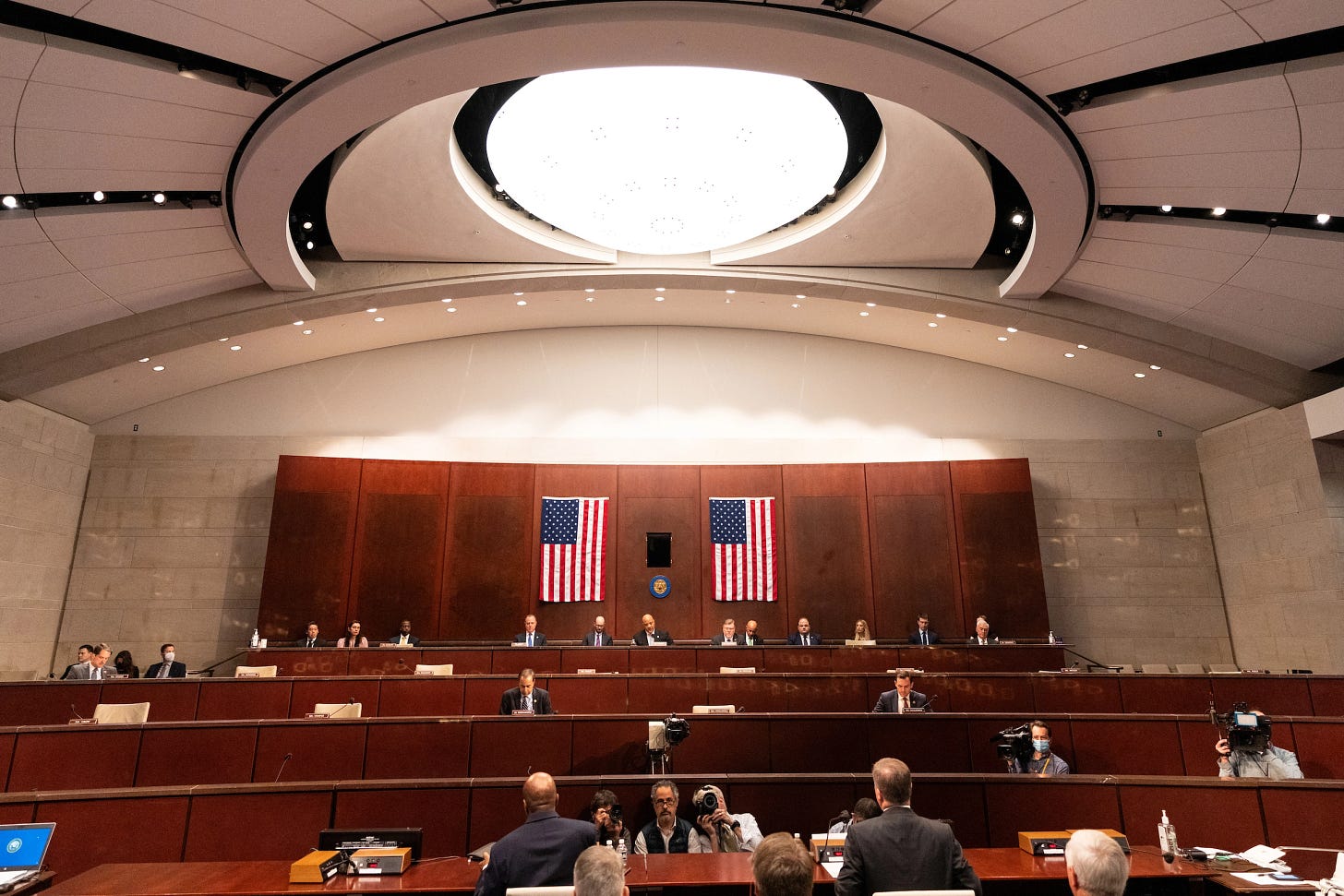



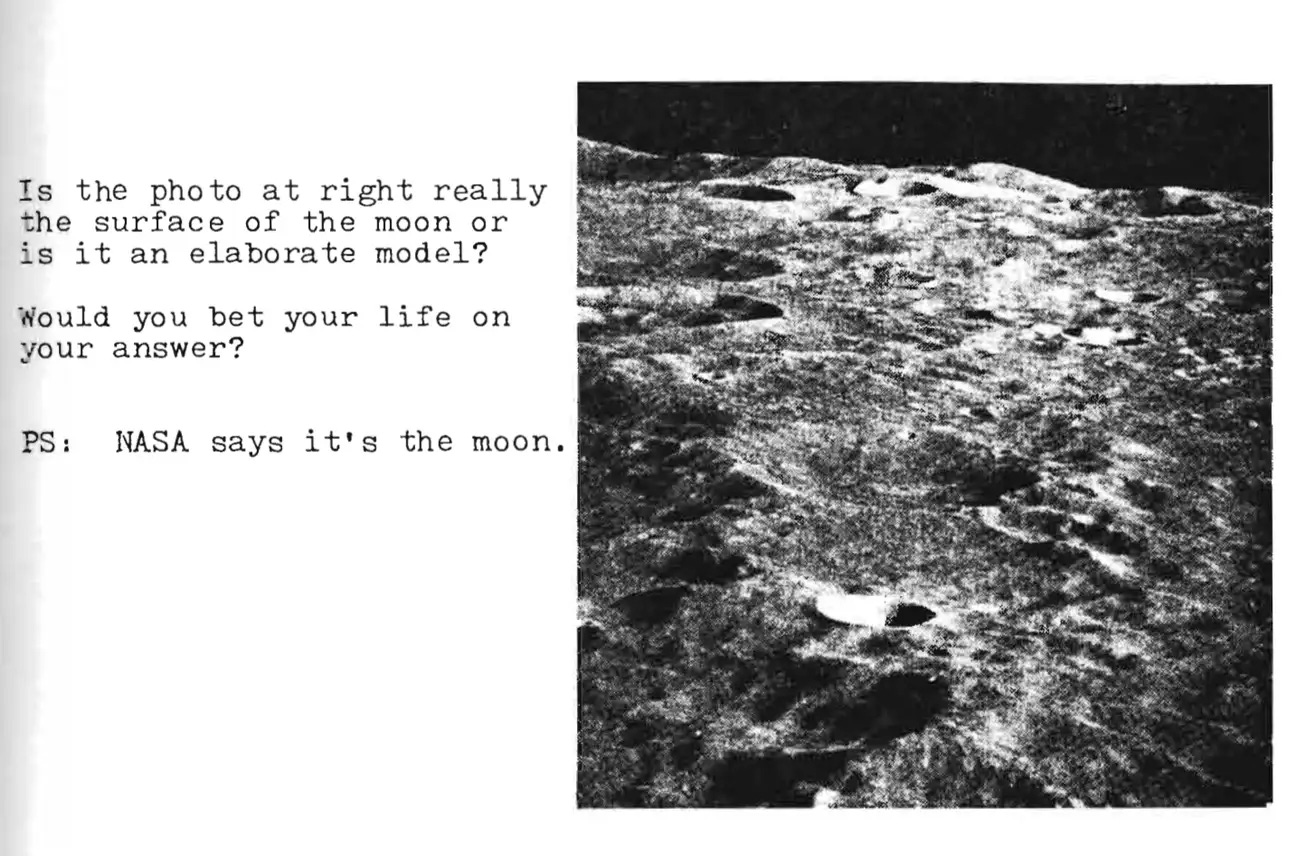


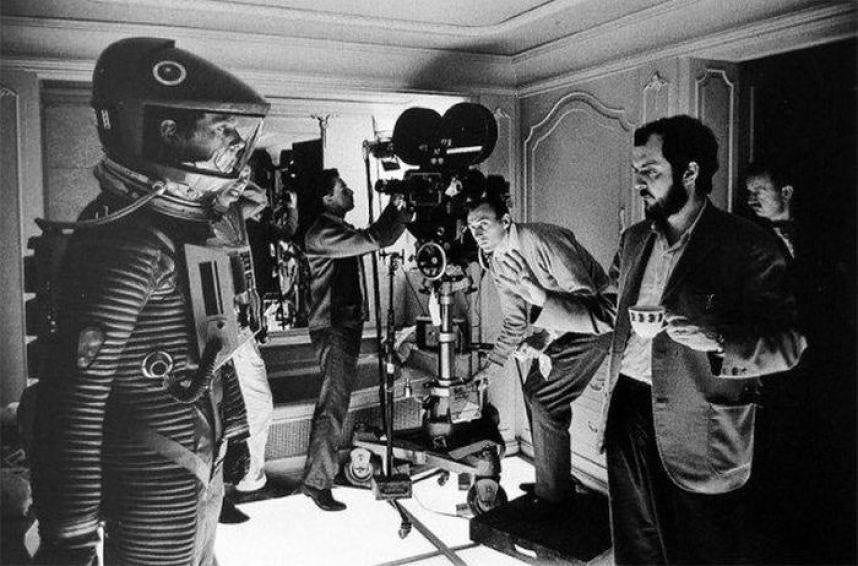


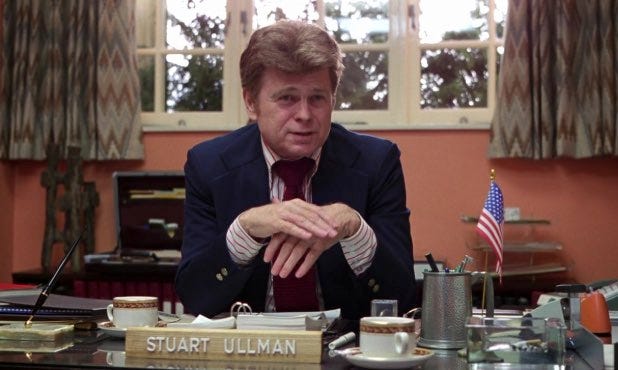



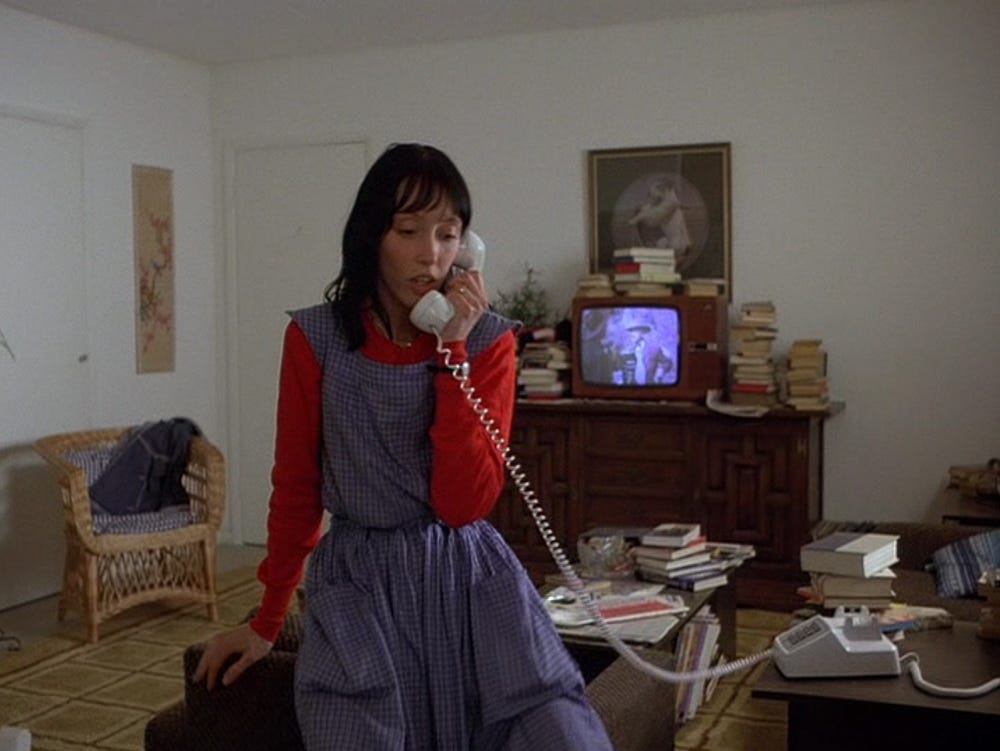








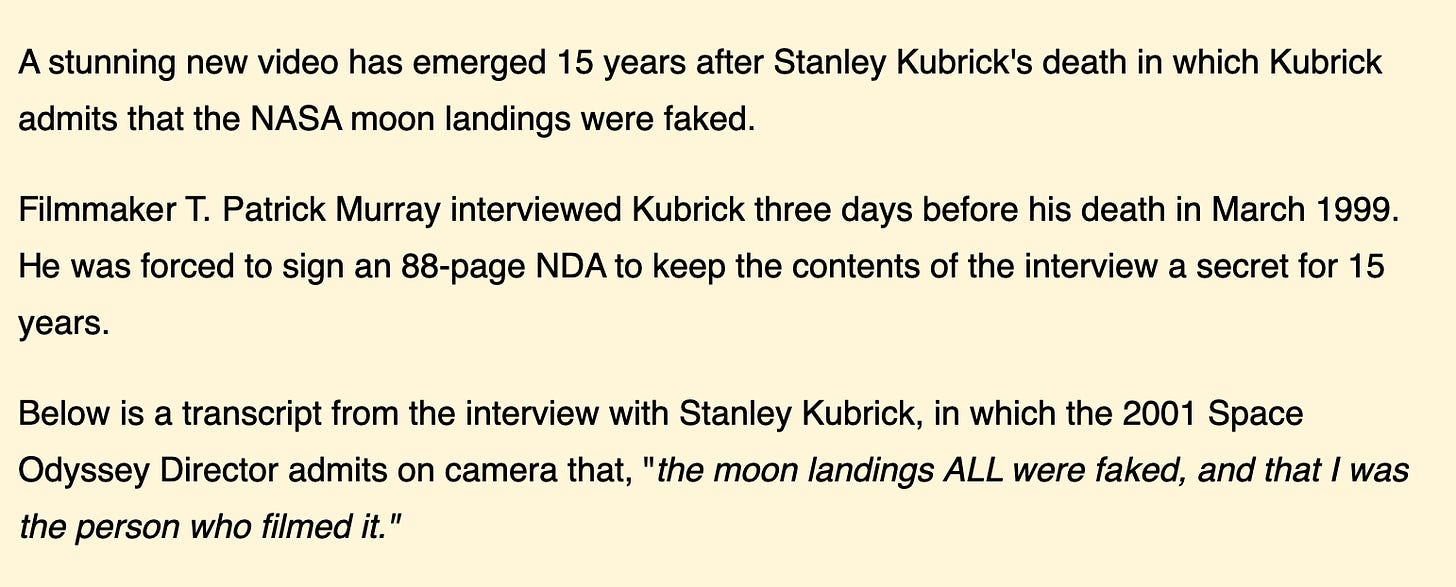



The meme at the end is it!
I met Bart Sibrel, who found the moon walk rehearsal tapes in the basement of the TV studio where he worked and made the movie, A Funny Thing Happened on the Way to the Moon. Totally normal guy, movie makes complete sense. Faking the moon landing was child's play compared to the pandemic!